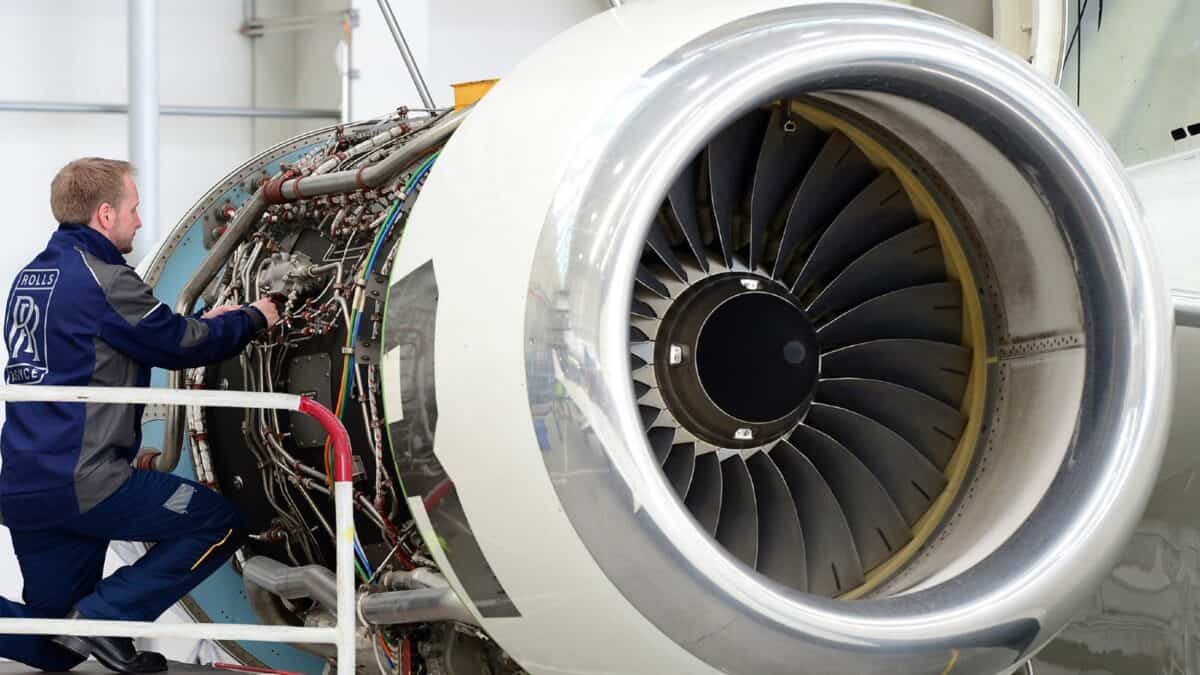Go back nearly 10 years and Rolls-Royce (LSE:RR.) was one of the best passive income stocks around. In 2015, shareholders received dividends of 23.1p a share — a yield of nearly 12%.
But the pandemic took its toll on the company. To survive, it had to suspend its payouts and issue new shares. If evidence was needed that dividends are never guaranteed then Rolls-Royce provides a good example.
Then and now
At the end of 2023, the engineering giant had 8.417bn shares in issue compared to 1.838bn at 31 December 2015.
Should you invest £1,000 in Anglo American right now?
When investing expert Mark Rogers has a stock tip, it can pay to listen. After all, the flagship Motley Fool Share Advisor newsletter he has run for nearly a decade has provided thousands of paying members with top stock recommendations from the UK and US markets. And right now, Mark thinks there are 6 standout stocks that investors should consider buying. Want to see if Anglo American made the list?
This now gives the company a problem. To pay a dividend of 23.1p, it would cost £1.94bn — over £1.5bn more than it did in 2015.
And this tells me that if the Rolls-Royce dividend is reinstated, it will be a lot smaller than it was a decade ago.
Looking to the future
However, there still appears to be some uncertainty as to whether shareholder payouts will commence soon.
The company’s 2023 annual report was vague on the subject, stating: “When the Board is confident that the strength of the balance sheet is assured and we are comfortably within an investment grade profile, we are committed to reinstating and growing shareholder distributions.”
An investment-grade profile means a credit rating of at least BBB-. This implies a low risk of default.
Encouragingly, all three of the major agencies have assigned this rating to Rolls-Royce. But this is the minimum level that the company has set itself. For the dividend to resume its needs to be “comfortably within” the investment-grade range.
And to get there the company needs to continue being profitable. This should then give it sufficient cash to pay down some of its debt and help improve its balance sheet.
The view of analysts
However, the so-called ‘experts’ are expecting a dividend soon.
The consensus forecast of analysts is for a dividend of 2.6p a share for the year ending 31 December 2024 (FY24). This is then expected to increase over the next three years — 4.4p (FY25), 6p (FY26), and 7.7p (FY27).
Based on a current share price of around 430p, a dividend of 7.7p would imply a yield of only 1.8%. That’s well below the FTSE 100 average of 3.8%.
But opinion appears divided. The most pessimistic of analysts isn’t expecting a dividend in FY27. And the most optimistic is forecasting 15.6p a share, although that would still give a yield below the Footsie average.
Final thoughts
The impressive recent rise in the Rolls-Royce share price suggests many investors have found reasons to buy the stock. It’s increased over 175% since May 2023. This makes it the best performer on the FTSE 100.
Personally, I’d have to do more research before coming to this conclusion.
But I have decided that those searching for shares offering generous levels of passive income should look elsewhere.







